Cancer, congenital anomalies, contaminated food—this is the legacy we leave to future generations so that we can turn on our lights and computers whenever we want or make nuclear weapons. It was Einstein who said, “With the unleashed power of the atom, everything has changed, save our modes of thinking, and thus we drift toward unparalleled catastrophe.” Does the human species have the ability to mature in time to avert these catastrophes?
In the months and years following the catastrophic nuclear accident at Fukushima Daiichi, many of the world’s major media representatives and prominent politicians displayed a woeful ignorance about radiation biology. In response, I organized a two-day symposium at the New York Academy of Medicine on March 11 and 12, 2013, on the medical and ecological consequences of Fukushima. I was lucky enough to be able to assemble some of the world’s leading scientists, epidemiologists, physicists, and physicians, who presented their latest data and findings relevant to Fukushima. This book, Crisis Without End , is a compilation of these important presentations, which contain information that has never before been seen by either the nuclear industry or the public at large.
This book opens with an essay by the former Japanese prime minister Naoto Kan, who was in charge at the time of the accident and who is now an ardent antinuclear advocate. Japanese physicist Dr. Hiroaki Koide writes about the current state of nuclear Japan, and Dr. Hisako Sakiyama, who was a member of the Diet Independent Investigation Committee on risk assessment of low-dose radiation, presents an extremely important report on the committee’s findings. Japanese diplomat Akio Matsumura details the failings of the Japanese government and nuclear industry to tell the truth and to keep the population adequately informed about the medical dangers that this dreadful accident imposes both now and in the future.
The data presented by embryologist Dr. Wladimir Wertelecki on the congenital anomalies found in the province of Rivne in the Ukraine after the Chornobyl accident will form the scientific basis on which to understand the epidemiological prognosis of newborn malformations in Japan after Fukushima. In fact, his predictions are now coming to light with reports of an increased incidence of such anomalies now appearing among the irradiated population.
Evolutionary biologist Dr. Timothy Mousseau presents his findings based on the examination of mutations, malformations, and tumors among birds, mammals, and insects within the exclusion zones at Chornobyl and Fukushima. The effect of radiation on the biological systems of mammals, birds, and insects is directly applicable to human health, and his pioneering work on internal emitters and “low-dose radiation” will change any notions of safe radiation exposure promoted by the nuclear industry and its allied bodies—the IAEA, the World Health Organization (WHO), the United Nations Scientific Committee on the Effects of Atomic Radiation (UNSCEAR), and the International Commission on Radiological Protection (ICRP).
Epidemiologist Dr. Steven Wing’s insightful chapter on the Atomic Bomb Casualty Commission’s studies of the Hiroshima and Nagasaki nuclear survivors is also a work of profound importance. This commission failed to study cancer incidence among victims until 1958, thirteen years after the bombs were dropped. They also refrained from collecting data from any of the victims for five years after the dropping of the bombs, which meant that a whole cohort of extremely sensitive individuals died before any mortality or morbidity data could be collected. These flawed studies, taken as gospel by nuclear agencies, form the standard of radiation dose guidelines for the medical and nuclear industry.
Other significant papers include a study by Mary Olson on the variable effects of radiation upon a heterogeneous population of fetuses, children, women, immunosuppressed people, and the aged. Cindy Folkers succinctly outlines the irresponsible absence of regular food testing for radioactive contamination in both Japan and the United States by the EPA, FDA, and other related agencies.
Experienced nuclear engineers David Lochbaum and Arnold Gundersen describe in vivid detail the dynamics of the accident and the nuclear prognostication related to the structurally vulnerable, earthquake-weakened buildings, melted fuel cores, and fuel pools packed with enormous quantities of radioactive waste.
Differing points of view on the biological effects of radiation are covered by Steven Starr, Dr. Ian Fairlie, and Dr. David Brenner. The buildup of high-level radioactive waste in both Japan and the United States is covered by former U.S. Department of Energy official Robert Alvarez and nuclear waste specialist Kevin Kamps. Furthermore, there are provocative and fascinating essays by two giants: David Freeman, former chair of the Tennessee Valley Authority, and Dr. Herbert Abrams, former professor of radiology at Harvard and Stanford and advisor on the BEIR (Biological Effects of Ionizing Radiation) VII report by the National Academy of Sciences.
This volume also includes an outstanding paper by Dr. Alexey Yablokov, who has collated thousands of scientific, medical, and epidemiological papers from the Soviet Union, the Ukraine, Belarus, and elsewhere, documenting the extraordinary array of diseases and deaths caused by the Chornobyl disaster. Yablokov is a pioneer yet to be adequately recognized by the global scientific community for his extraordinary work.
1
No Nuclear Power Is the Best Nuclear Power
Naoto Kan
The Fukushima nuclear disaster on March 11, 2011, had two causes. The first was the total power outage at the Fukushima Daiichi nuclear power plant due to the massive earthquake and tsunami, both of which were unprecedented in the history of Japan. The second was man-made: no one had anticipated such a scenario, and so the government had not taken precautions to build adequate facilities and communication structures.
On the evening of March 11, approximately eight hours after the earthquake, Unit 1 experienced a meltdown. The melted nuclear fuel accumulated on the floor of the containment vessel, and this was followed by hydrogen explosions at Units 1 through 4 and meltdowns at Units 1, 2, and 3. Around 3 a.m. on March 15, TEPCO, through the Ministry of Economy, Trade, and Industry (METI), requested the evacuation of its workers. If the TEPCO workers had been withdrawn, it would have been almost impossible to keep those nuclear reactors under control. I understood that it would place the TEPCO workers in great danger, but I demanded that they remain there to deal with the nuclear disaster. TEPCO eventually agreed. On March 17, the Self-Defense Forces started dropping water onto the spent-fuel pools from the air. This was my response to the ongoing nuclear disaster.
As the disaster unfolded, I personally reviewed, and had my experts review, the worst-case scenario. There were six nuclear reactors and seven spent-fuel pools at the Fukushima Daiichi nuclear power plant. The Fukushima Daini nuclear power plant, located 7.5 miles from Fukushima Daiichi, had four nuclear reactors and four spent fuel pools. In total, there were ten nuclear reactors and eleven spent fuel pools in the area. Until March 11, the accident at Chornobyl had been the worst nuclear disaster in history, but it had involved only one nuclear reactor. In comparison, all ten reactors could have experienced meltdowns and released radioactive materials into the air. If that had happened, it would have been necessary to evacuate an extremely large area. That was what I was most concerned with at the time.
Shunsuke Kondo, then chairman of the Atomic Energy Commission of Japan, pointed out to me that, in the worst-case scenario, people within a radius of 155 miles would have to be evacuated, and they would not be able to return home for ten, twenty, or thirty years. The Tokyo metropolitan area, home to 50 million people and almost half of the entire population of Japan, is within this 155-mile zone. If 50 million people had to abandon their homes, leave their workplaces and their schools, and if patients had to leave their hospitals, there would have been many more victims during the evacuation, and Japan would not have been able to function fully as a nation for a long time. Eventually, through a combination of skillful management and, indeed, divine protection, the spread of radioactivity was minimized by pumping out the reactors before the situation became even more serious. Nevertheless, the worst-case scenario had been dangerously close to becoming a reality.
Читать дальше
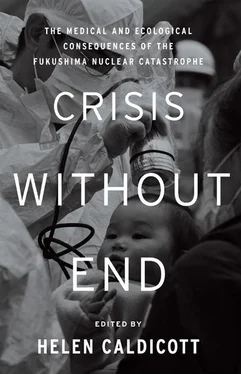
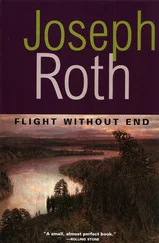
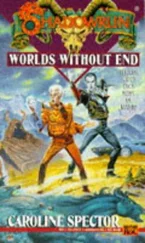
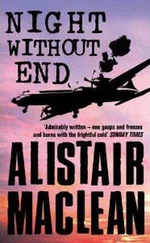
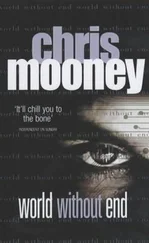
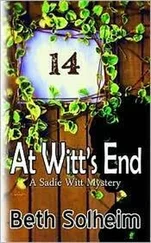
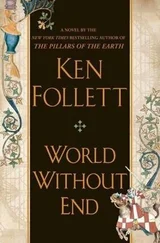


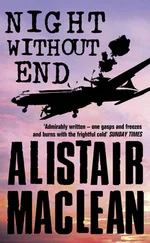


![Helen Rowland - The Widow [To Say Nothing of the Man]](/books/752764/helen-rowland-the-widow-to-say-nothing-of-the-man-thumb.webp)